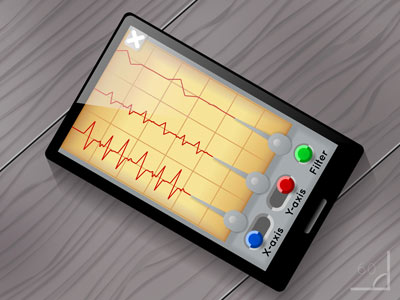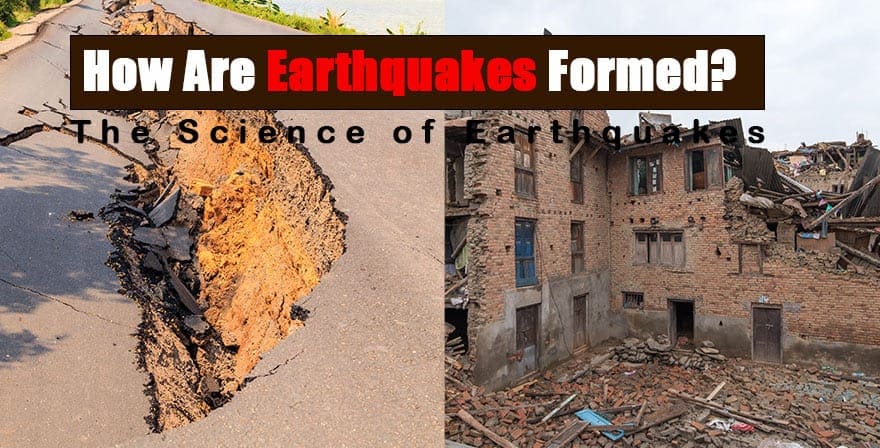How Are Earthquakes Formed?
They are commonly formed when the land experiences an earthquake or series of earthquakes. The elastic rebound theory is used to explain how earthquakes are formed. The elastic rebound theory explains that stress is applied to an already existing fault line over a long period of time, and then as the pressure builds up, the fault line deforms slightly. Eventually, enough strain exceeds the strength of the structure, and a major earthquake occurs.
Geology and The Science of Earthquakes
The Science of Earthquakes is the study of why earthquakes occur. This is because when you have an earthquake, you cannot tell if it will hit a populated place or a remote area, but when it does, you experience a great deal of damage in a very short period of time.
Earthquakes do not discriminate. They can happen anywhere on the planet. If you live in a city, you are more likely to have an earthquake, because cities are built up and therefore have more weight to keep a large mass of rock moving forward.
Students can use many tools available to them to learn about the science behind earthquakes. The Earth System page gives several different examples. The Global Tectonics sheet provides a detailed explanation of how tectonic plates move.
The Science of Earthquakes works with students in science, geography, mathematics and computer science. Activities include putting together various types of experiments using the scientific principles of rupture mechanics, fluid mechanics, elastic deformation and wave action.

link between volcanoes and their interaction
One example of how earthquakes are formed is through the direct link between volcanoes and their interaction with the Earth. Volcanoes are hotspots where lava flows from the volcano.
When the lava reaches the surface of the Earth, it heats up, and changes into steam, before falling back to the surface, cooling again, and emitting new volatile materials (also known as magma) into the atmosphere.
Scientists believe that the constant contact between volcanoes and the Earth’s surface, which results in magma explosions, may actually be one of the main causes of seismic activity.
also read: how to became successful man
Earthquake with natural disasters
Another theory about how earthquakes are formed involves the connection between natural disasters and the movement of tectonic plate movements. Whenever tectonic plates move slowly against each other, there is less friction, and earthquakes are less likely to occur.
The slow movement can also take place at the base of a mountain, under the ocean, beneath the soil, in the atmosphere, or even in underground caverns. Therefore, if you take a closer look, you will notice many similarities between the recent Tsunami, and the Himalayan earthquakes, which were also caused by plate movements and the slow movement of tectonic plates.
When an earthquake starts shaking
Seismic waves – When an earthquake starts shaking, it is considered to be a seismic event. However, it is not always obvious when the shaking starts.
You can feel the vibrations in the ground. If the earthquake starts under the water, you will hear the sound, but it will be much louder than if you were standing on the ground.
In case of earthquakes that start beneath the land, you can observe the motion of the rocks. If you are standing in the middle of a forest, and the earthquake starts beneath your feet, you cannot easily feel the vibrations in the ground.
Also read: agriculture is important
Oceanic plate movements
Oceanic plate movements – Earthquakes are also closely associated with oceanic plate movements. These oceanic plates are made of fluid, which helps to create friction, when they hit other areas or when they slip or move vertically.
The friction causes the movement of tectonic plates, which further increase the energy behind the waves. When the motion is very fast, there is a very high risk of damaging the surrounding structures. Seismic waves generated by volcanoes, mountain ranges and changing temperatures and humidity also increase the risk.
